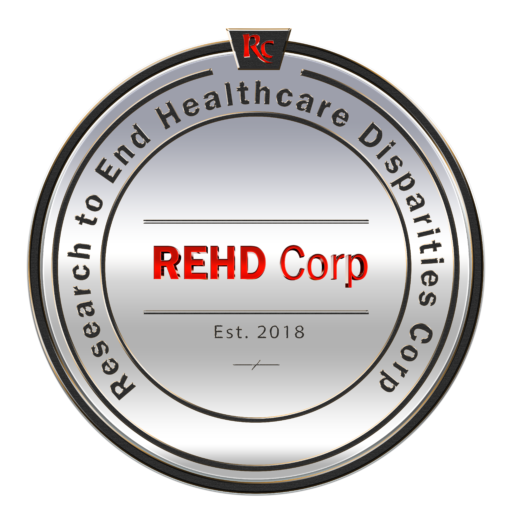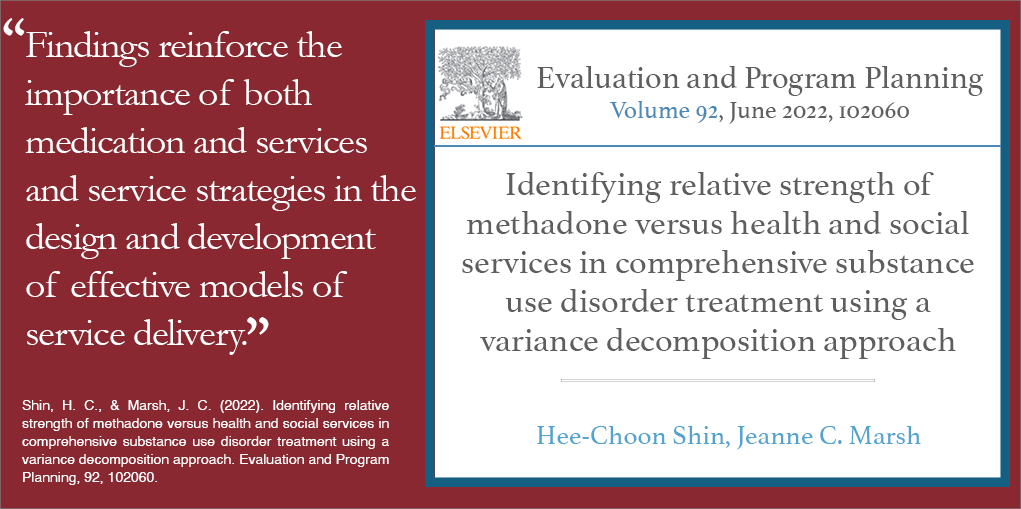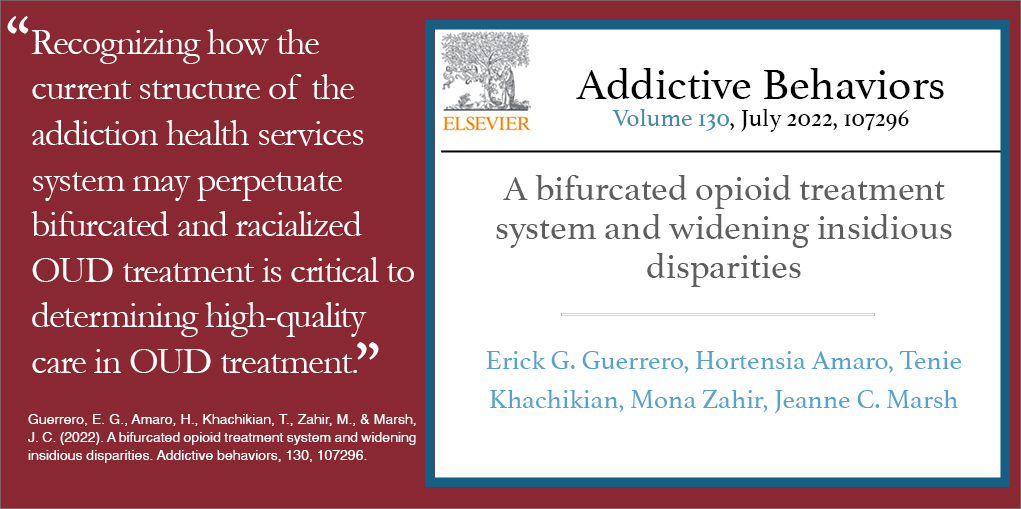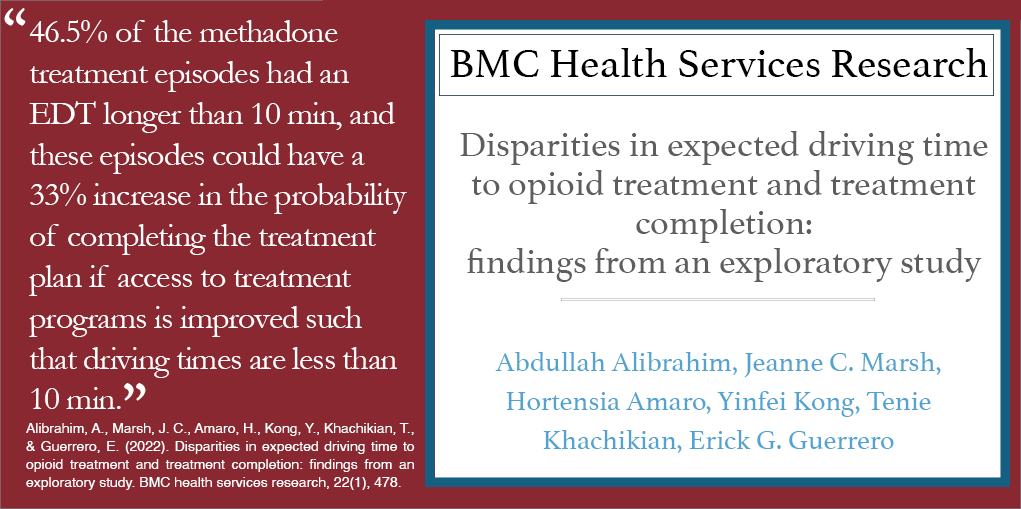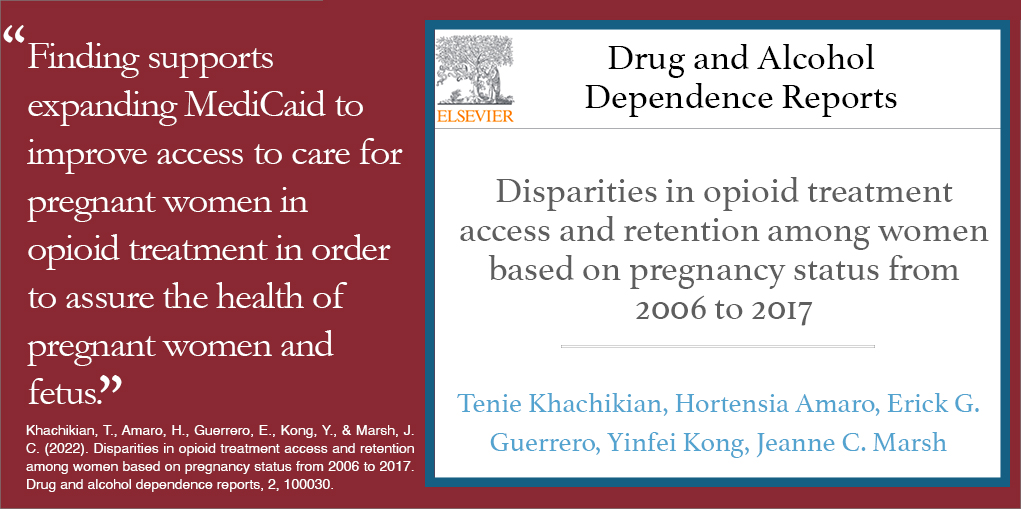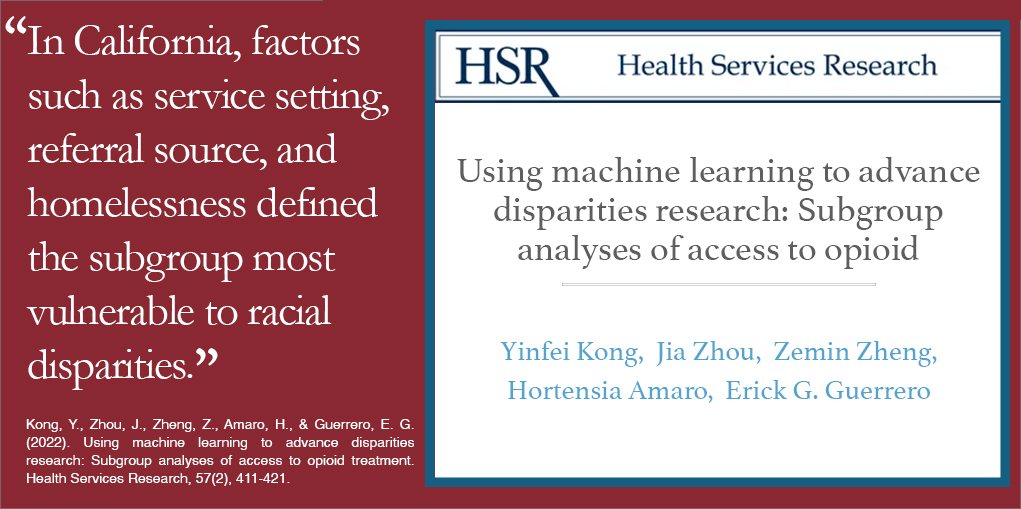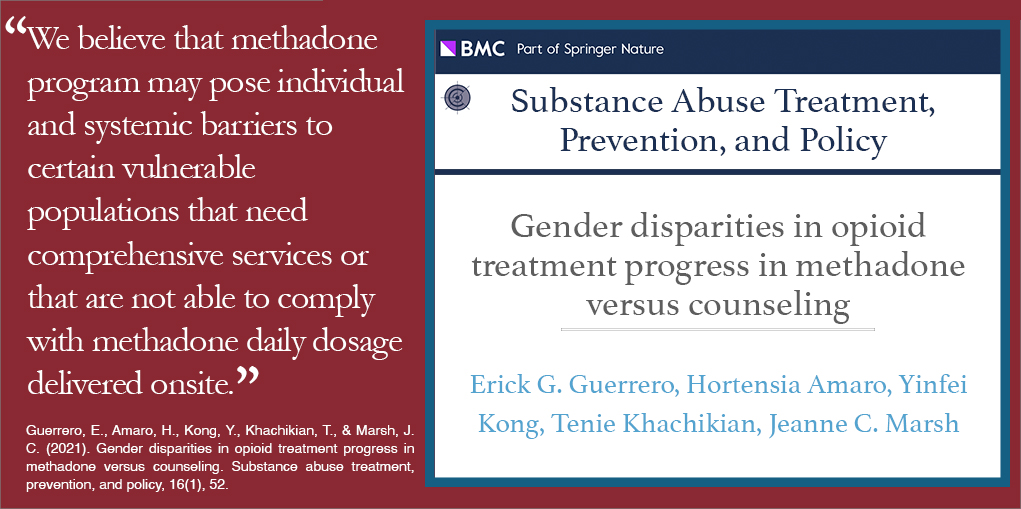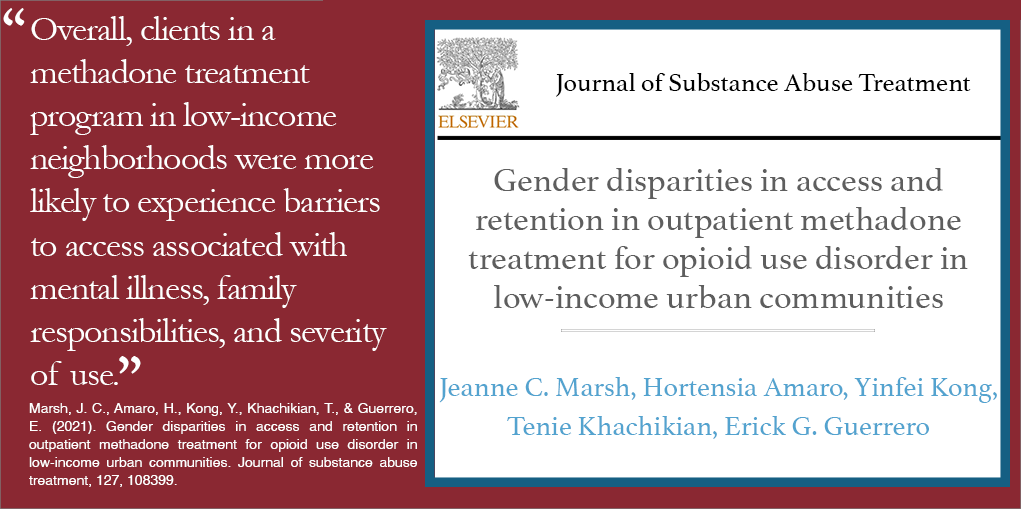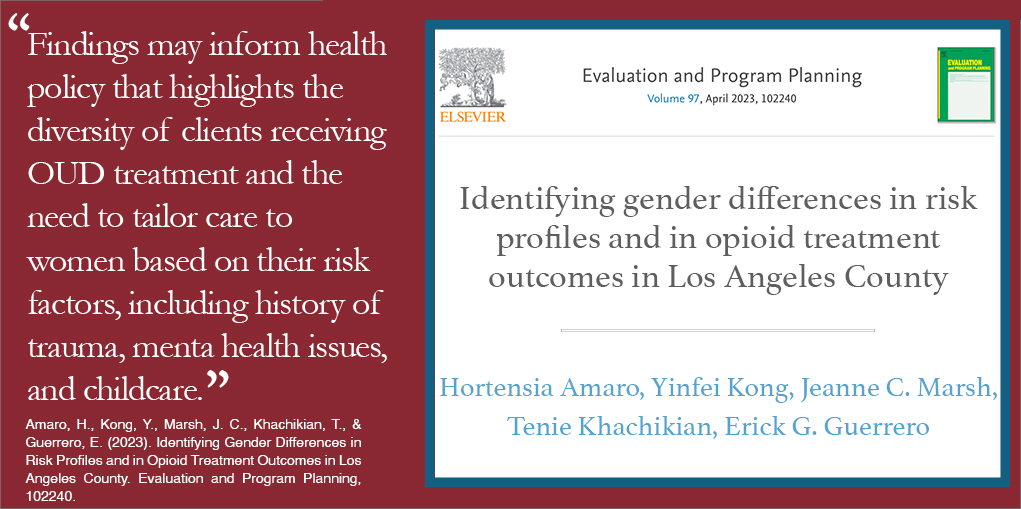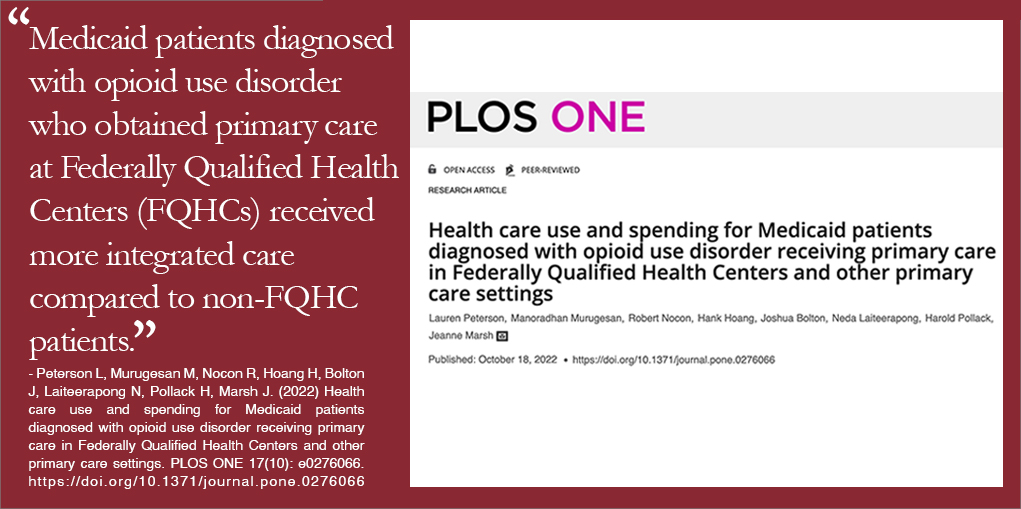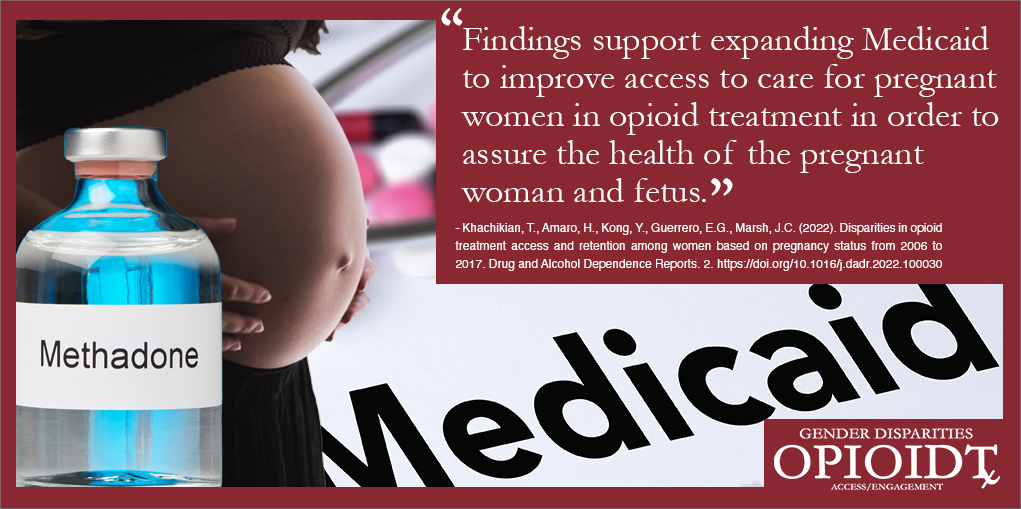Improving Coordination for Addiction Programs with Mental and Public Health Services
Problems related to addiction are very common and most people who struggle with addiction simultaneously suffer from other behavioral and mental health problems. Because of this, it is more beneficial to provide addiction services to people in places that offer multiple services at once. Unfortunately, this has proven quite difficult for various reasons, and so far, the solution for most addiction services providers has been to improve coordination with other providers. With the aim of eventually moving towards providing more “integrated” services, Dr. Guerrero and his research team set out to understand what factors were associated with addiction programming that demonstrated high coordination with mental and health services.
In a study published in the Journal of Substance Abuse Treatment, Dr. Guerrero and his team test whether the following two sets of provider characteristics are associated with better coordination across mental and behavioral services in their addiction programming:
- Regulatory and funding environment: Higher public funding and receipt of licensure and professional accreditation
- Practice implementation: Better leadership, readiness for change, and providing culturally responsive practices
- Addiction program providers reported more collaboration with mental and public health service providers in 2013 than in 2011.
- There did not appear to be a relationship between any of the measures of regulatory and funding environment and higher coordination.
- With regards to implementation, programs with more linkages to serve racial and ethnic minority communities coordinated more with both mental and public health services; and those with more knowledge about minority communities coordinated more with mental health.
- Personal involvement in minority communities made programs less likely to coordinate with mental health services.
- Addiction programs have become increasingly integrated with mental health treatment, but public health services are still generally provided separately.
- Effective coordination relies heavily on relationships with nearby organizations.
- The largest obstacle to providing integrated public health services is a lack of public funding, especially since Medicaid has strict rules regarding services provided to substance use clients.
- Diverse funding and flexible eligibility criteria for programs help facilitate delivery of integrated care, and an increase in these sources over time drove the higher levels of coordination.
- Leadership and staff readiness within the organization to accept and promote coordination and integration were the driving factors to increasing coordination.
